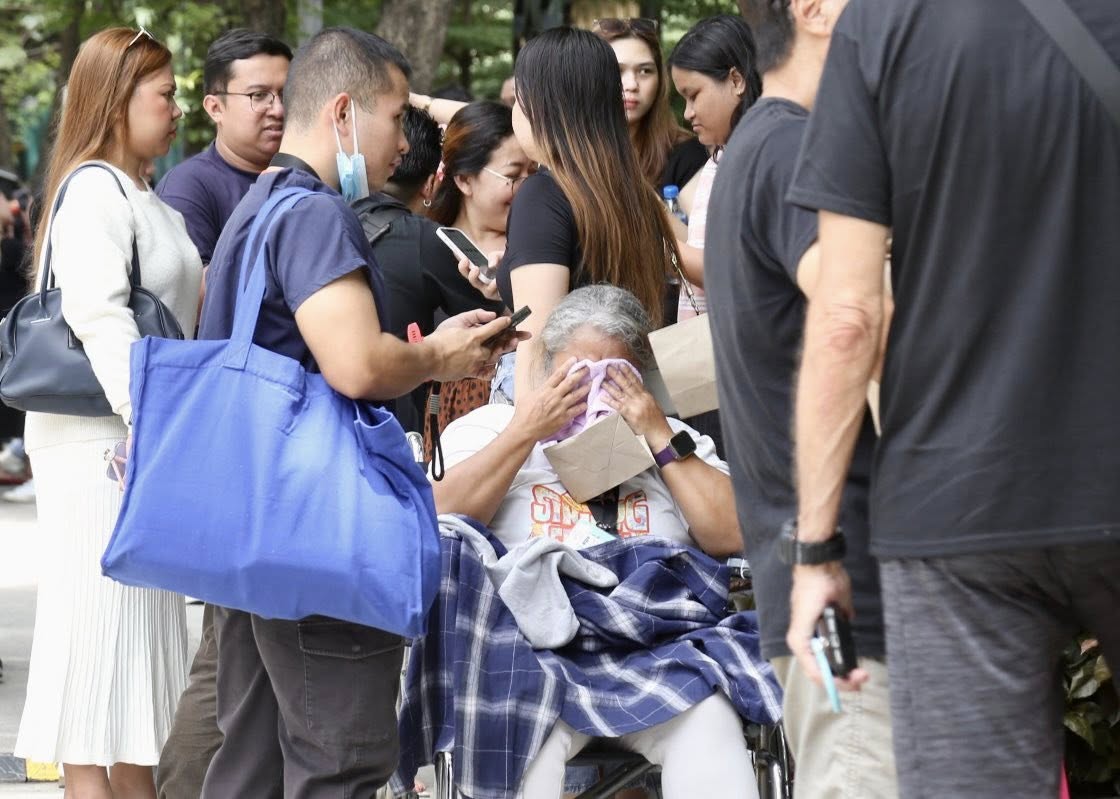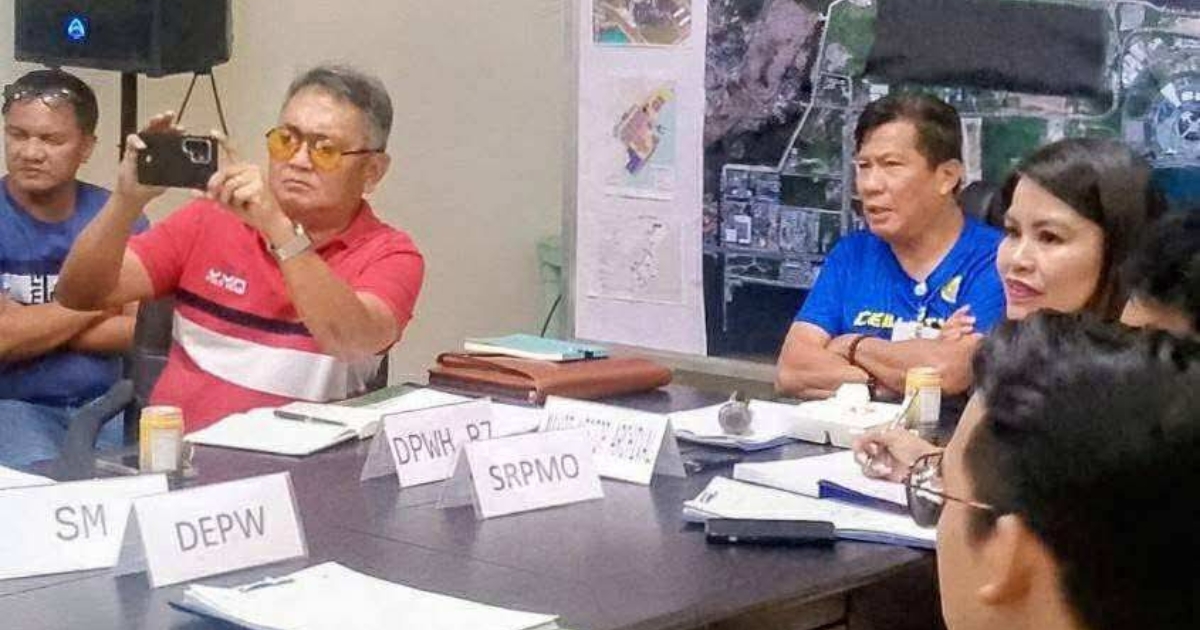Barely recovering from the magnitude 6.9 earthquake that struck Bogo City, Cebu, on September 30, local governments across the province suspended classes and limited government operations on Friday, October 10, as a precaution.
The measure followed the magnitude 7.4 earthquake that struck off Davao Oriental at 9:43 a.m., a tremor that experts clarified not connected to the recent Cebu earthquake.
Suspension of work and classes
Cebu City Mayor Nestor Archival ordered the temporary closure of City Hall and its satellite offices after consultations with the City Council and the Cebu City Disaster Risk Reduction and Management Office (CCDRRMO).
Face-to-face classes from daycare to high school remained suspended, though online and asynchronous learning continued.
Disaster personnel were instructed to stay on standby for any emergency response.
In Mandaue City, Mayor Jonkie Ouano suspended all in-person classes in both public and private schools and limited government operations to a skeletal workforce.
Outside highly urbanized cities, several local government units across Cebu province also implemented precautionary measures.
In the 1st District, Talisay City Mayor Samsam Gullas coordinated with Schools Division Superintendent Dr. Arden Monisit to formalize the suspension of classes in all levels.
Also, Sibonga, Minglanilla, Carcar City, Naga City, and San Fernando suspended classes.
The 2nd District followed with Argao, Santander, Dalaguete, Samboan, and Boljoon. Barili, Tuburan (until further notice), and Aloguinsan were under the 3rd District.
In the 4th District, Bogo City, San Remigio, Daanbantayan, Bantayan, and Medellin suspended classes until further notice.
In the 5th District, Poro, Compostela, Carmen, Sogod, Catmon, Borbon, Liloan, and Danao City limited government work to half-day operations.
Precautionary measures were also observed in the 6th District, including Consolacion and Cordova, and the 7th District, covering Alegria, Alcantara, Dumanjug, Malabuyoc, Moalboal, Ronda, and Ginatilan.
Authorities reminded residents to remain alert, follow official advisories, and stay calm during the temporary adjustments.
Not connected to Bogo quake
Meanwhile, the Philippine Institute of Volcanology and Seismology (Phivolcs) reported that the magnitude 7.4 earthquake off Davao Oriental had its epicenter 62 kilometers east of Manay.
The quake was initially recorded at magnitude 7.6, later revised to 7.5, and finally 7.4 after recalibration. Phivolcs said the tremor was tectonic in origin along the Philippine Trench, one of the country’s most seismically active zones.
Phivolcs Director Dr. Teresito Bacolcol clarified that the Davao Oriental quake is not linked to the September 30 Bogo City earthquake or to other recent earthquakes in Luzon, Visayas, and Mindanao.
The Manay quake’s epicenter was farther offshore and deeper than the Cebu quake, producing shaking over a wide area but with less intense ground motion on land.
Residents in coastal and nearby areas were advised to remain vigilant and follow official advisories.
Tsunami warning
The agency also recorded a tsunami wave height of about 30 centimeters following the Davao Oriental quake, measured at the Tandag, Surigao del Sur sea level monitoring station around 8:20 a.m.
Phivolcs issued a tsunami warning for coastal communities in Davao Oriental, Dinagat Islands, Surigao del Norte, Surigao del Sur, Leyte, Southern Leyte, and Eastern Samar, which prompted evacuations.
The warning was canceled as of 1:43 p.m., and residents were allowed to return home while remaining cautious of residual sea level oscillations.
As of 1:50 p.m., Phivolcs had recorded 213 aftershocks following the main quake, with the strongest measuring magnitude 5.8.
The director noted that the Philippines has more than 180 active fault segments and six major trenches capable of generating earthquakes, sometimes in succession.
He described the recent sequence of strong quakes as coincidental, saying that the country normally experiences around 30 earthquakes daily from different faults and trenches, though most are too weak to be felt.
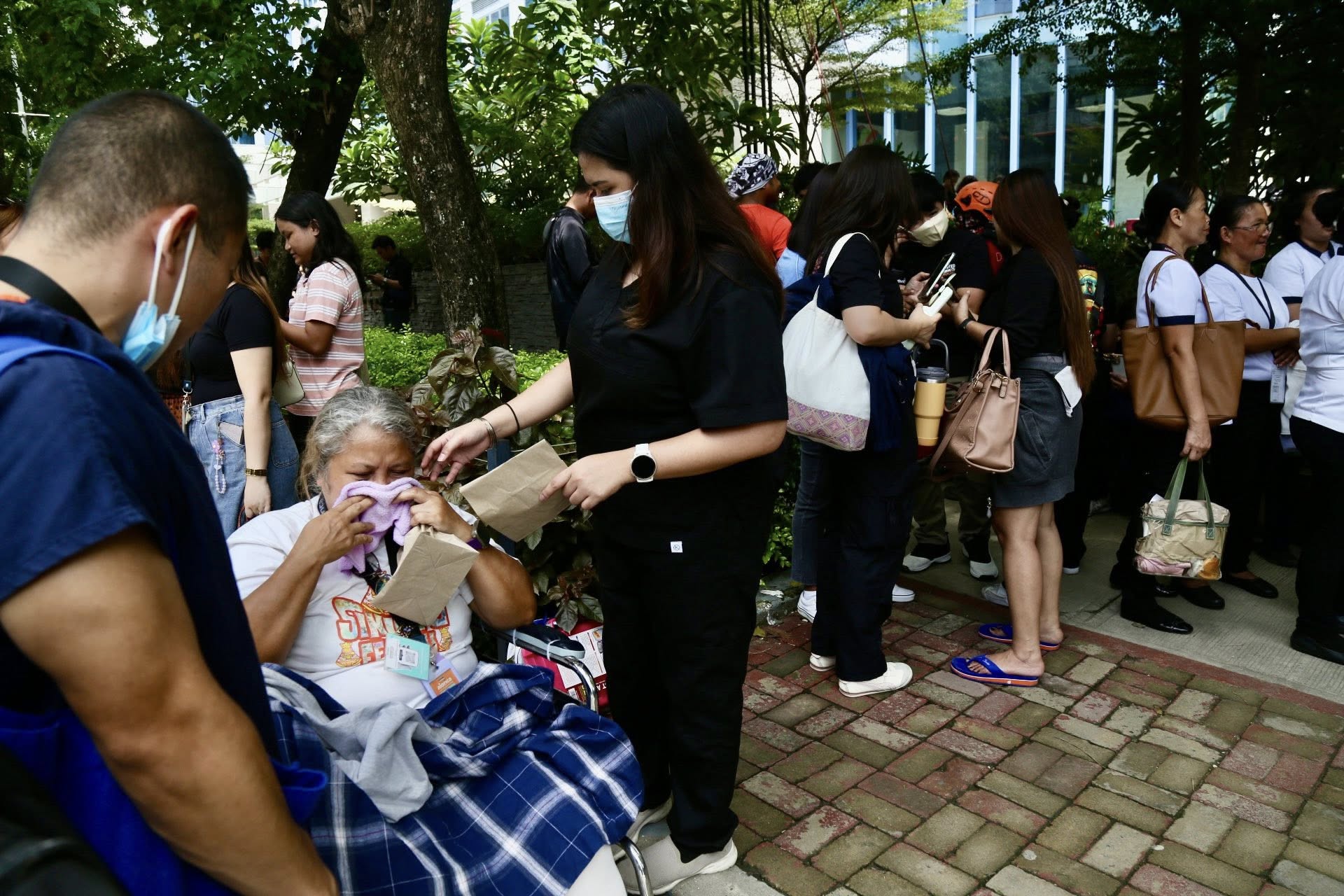
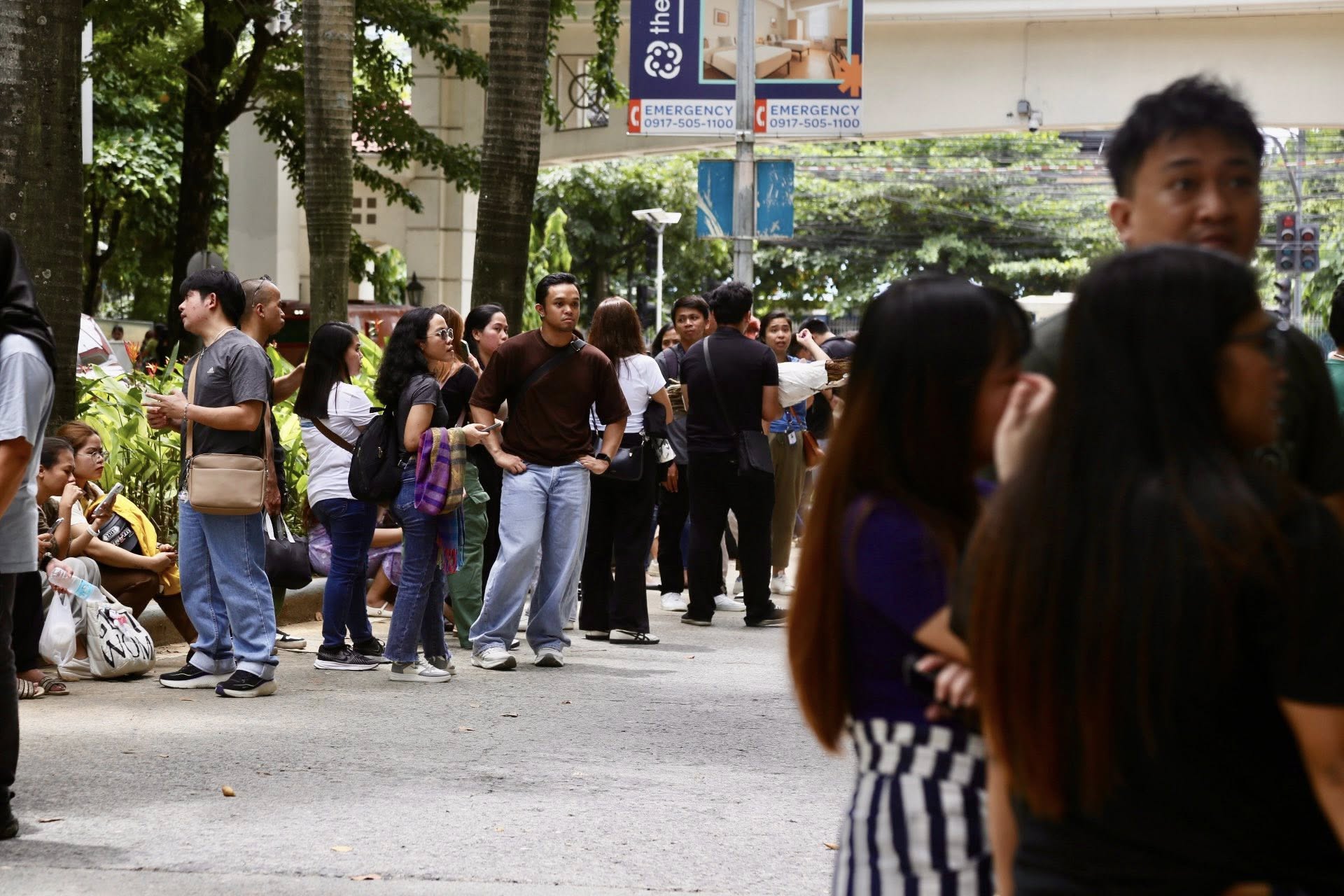
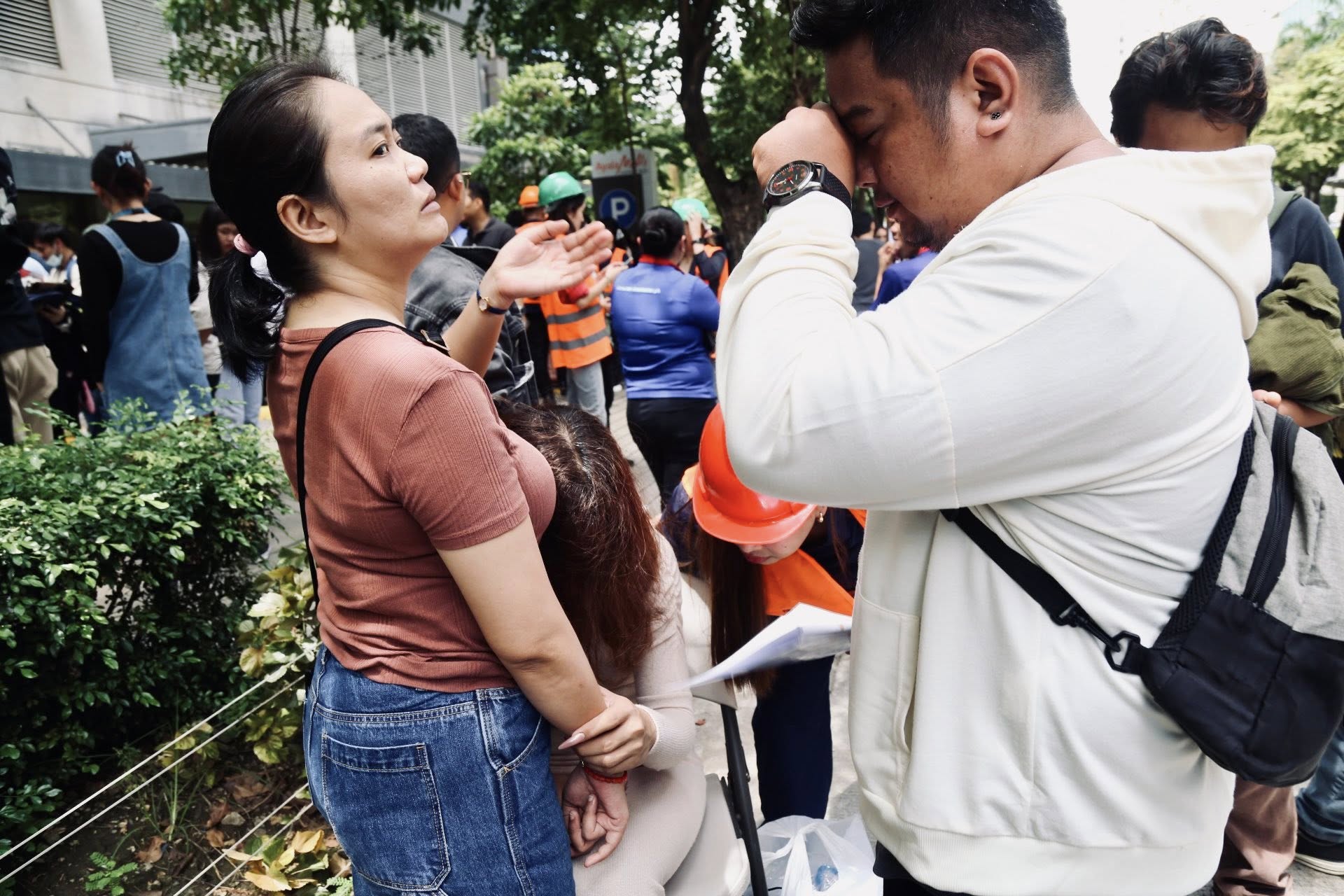
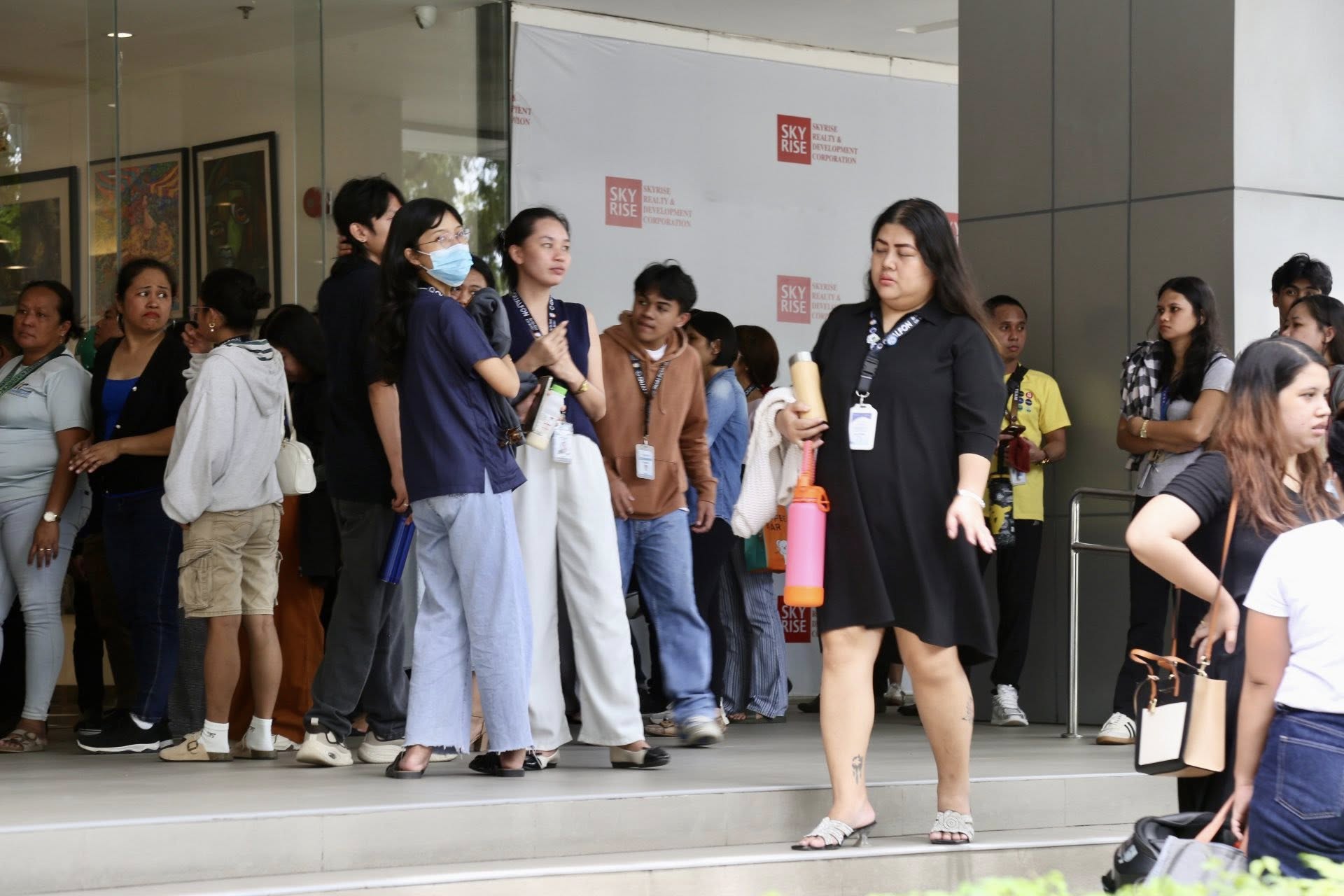
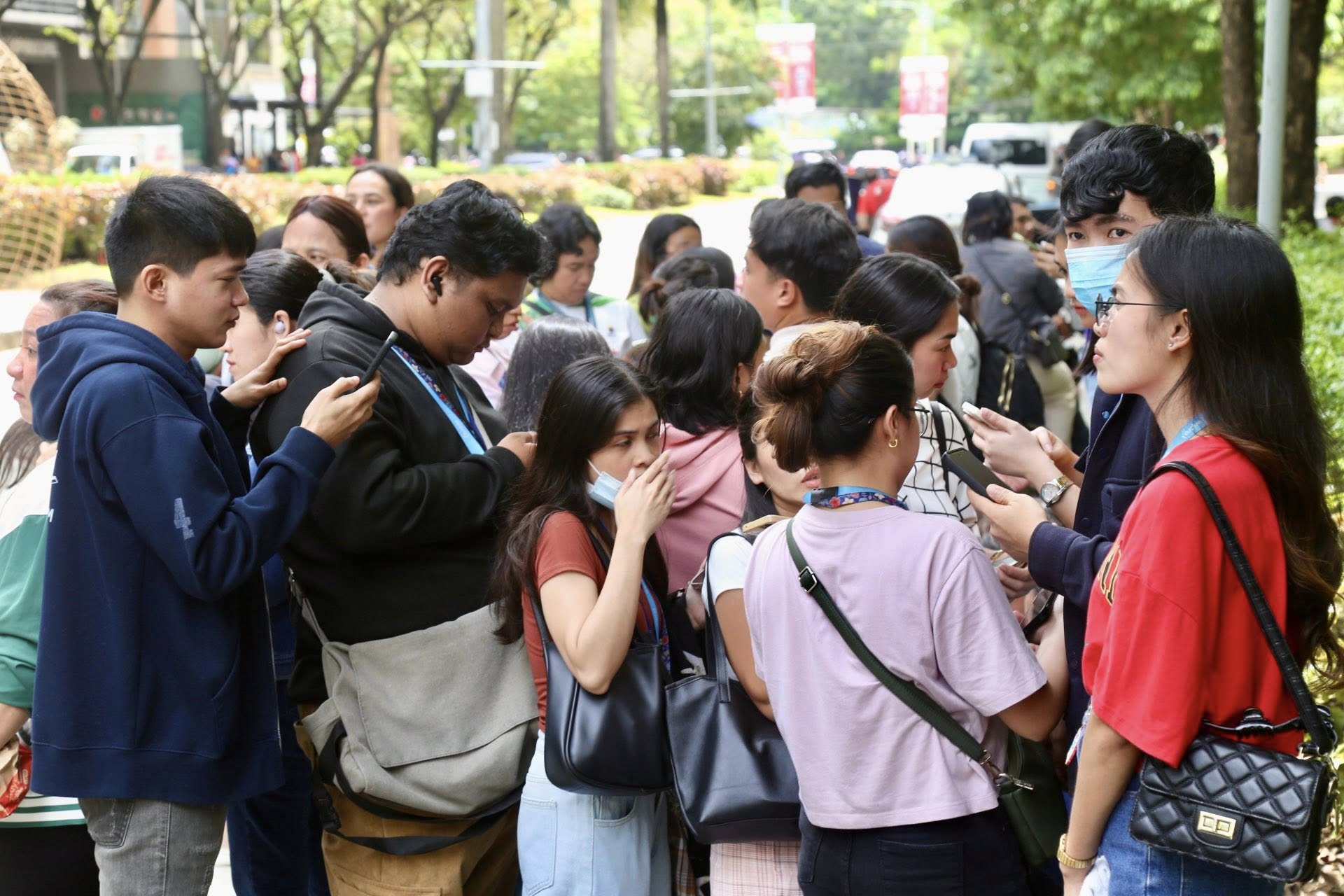
Photos from Jacq Hernandez, PBB Photojournalist


